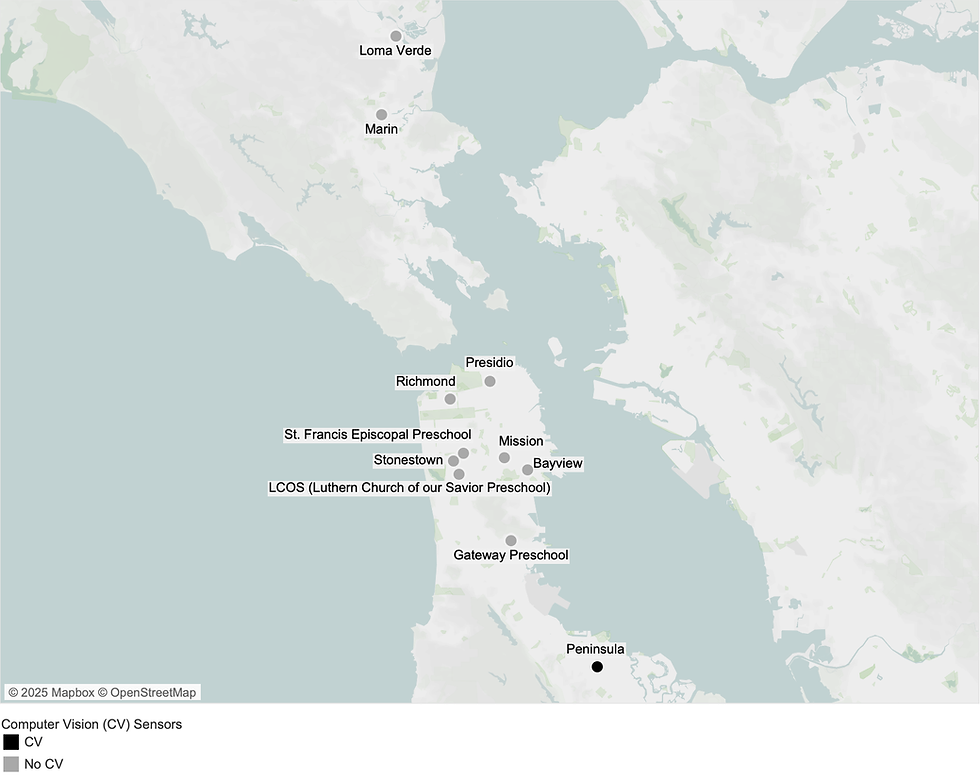Measuring the Health of Your Spaces
- Signo Uddenberg

- Apr 5, 2021
- 1 min read
Updated: Nov 29, 2023

We spend more than 90% of our days indoors but we have very little information on the health of those indoor spaces. That's why in 2017 we worked with a Bay area school to measure the health and energy performance of one of their newest buildings on campus. We installed a range of sensors in 8 classrooms to measure environmental variables such as:
CO2 Concentration Levels (~ air quality)
Air Temperature & Humidity (~ thermal quality)
Decibel Levels (~ auditory quality)
Lighting Levels (~ visual quality)

We looked at two measures for each variable:
Measurement value (absolute) compared to benchmarks
Exposure time
In simple terms, the combination of the two tell us how healthy the space is for the occupant. We then combined all of the performance into a single view of how the spaces performed overall.

While most of the spaces performed very well, there were low performing aspects of the space that we made simple recommendations to solve. If those don't work, then it's possible that further study or expert help will be needed to solve the issue. But in the meantime, now we are aware of environmental performance of the spaces and can work toward improvements.
Today we've combined most of the sensors into a single device to make it easier to measure our spaces and determine environmental performance and health.

Find out more at www.theairangel.com








Comments